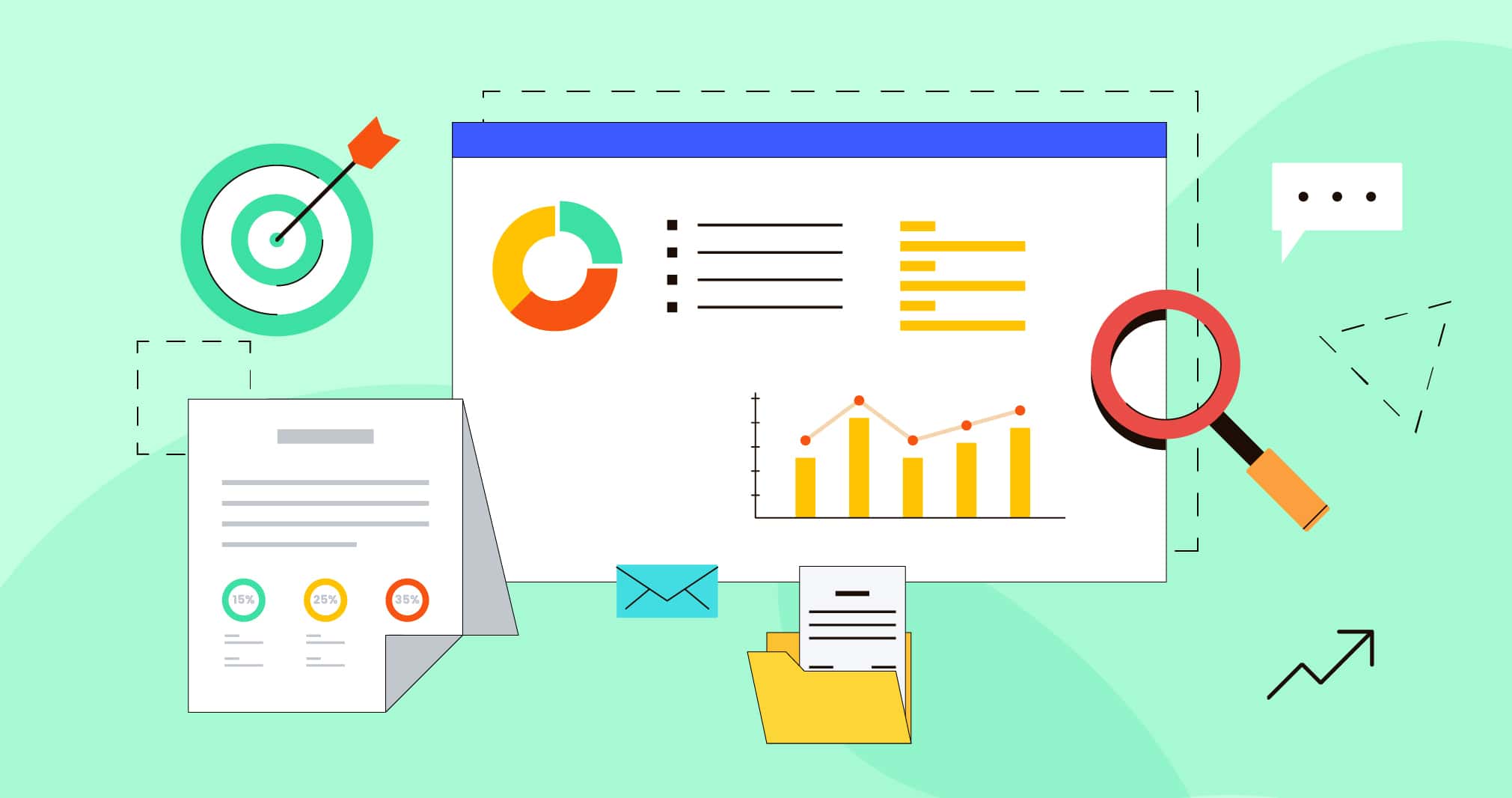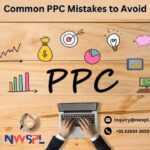Search Engine Optimization (SEO) is a crucial aspect of digital marketing, and mastering on-page SEO is a fundamental step towards improving a website’s visibility in search engine results. For beginners entering the vast world of SEO, understanding the key components of on-page optimization is essential for creating a solid foundation.
1. Title Tags and Meta Descriptions:
Title tags and meta descriptions are the first elements users encounter in search engine results, making them crucial for on-page SEO. Craft compelling title tags that accurately describe the content and incorporate relevant keywords. Meta descriptions should provide a concise summary of the page, encouraging users to click through.
2. URL Structure:
A clean and organized URL structure not only enhances user experience but also aids search engines in understanding the content. Use descriptive, readable URLs that include target keywords. Avoid complex and lengthy URLs, as simplicity is key for both users and search engines.
3. Quality Content is King:![]()
Creating high-quality, relevant, and valuable content is at the core of on-page SEO. Understand your target audience and address their needs with informative and engaging content. Incorporate keywords naturally, avoiding keyword stuffing, and consider multimedia elements like images and videos to enhance user engagement.
4. Heading Tags (H1, H2, H3, etc.):
Heading tags provide a hierarchical structure to your content, making it more readable for both users and search engines. Ensure your content follows a logical flow with proper heading tags. The H1 tag should contain the main heading, while H2, H3, and so on, break down subtopics.
5. Image Optimization:
Optimizing images is often overlooked but plays a crucial role in on-page SEO. Compress images to reduce page load times, use descriptive file names, and include alt text with relevant keywords. This not only improves SEO but also makes the content more accessible.
6. Internal and External Linking:
Incorporate internal links to guide users to other relevant pages on your website. External links to authoritative sources can add credibility to your content. Ensure that the links are contextually relevant and contribute to a seamless user experience.
7. Mobile Optimization:
With the increasing use of mobile devices, optimizing your website for mobile is no longer optional. Ensure responsive design, fast loading times, and a mobile-friendly layout to cater to users on various devices. Google prioritizes mobile-friendly websites in its rankings.
8. Page Speed Optimization:
Page speed is a critical factor for both user experience and search engine rankings. Optimize images, leverage browser caching, and minimize HTTP requests to improve page loading times. Google’s PageSpeed Insights can help identify areas for improvement.


